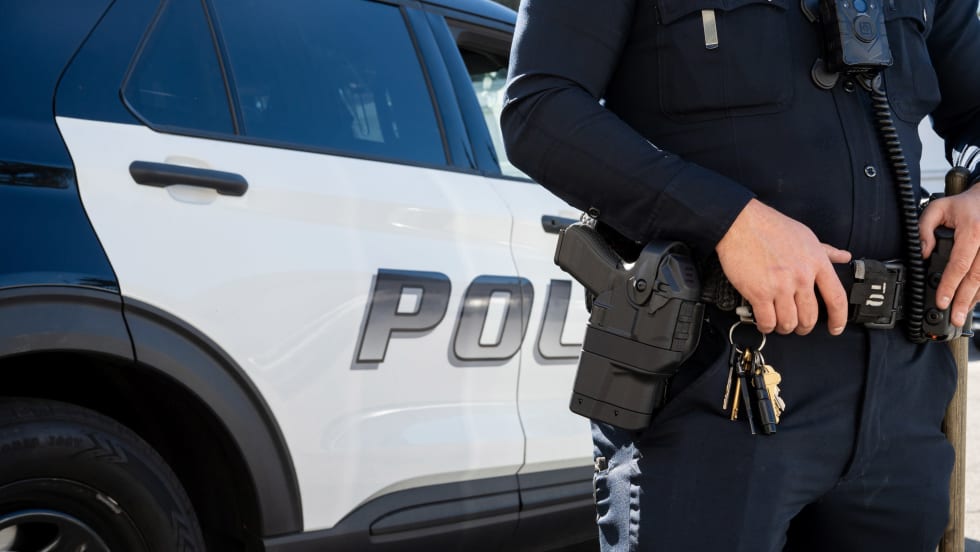Along with the responsibility came the authority for the officers to control their activities and resources. Frontline officers were given more say in deciding their day-today activities. Patrol officers maintained their responses to calls for service but were encouraged to work on solutions for problems in their specific communities. Assistant Chief Watarai gave the C.A.R. Plan high priority and pushed for further implementation.
The results were phenomenal. Police officers began working with other government agencies to solve community problems. They partnered with the Department of Parks and Recreation to clean up parks and playgrounds. The officers also developed close relationships with school administrators and teachers to curb school violence and truancy.
Officers were allowed to dictate the priorities of their teams, and a bottom-up form of information system was introduced. Instead of the usual parliamentary orders coming from the top, teams of officers were presented with community problems, and they proposed and implemented their own solutions. Their progress was reported upwards, through the chain of command, for proper management and control.
The C.A.R. Plan involves applying resources in an effective and efficient manner. The vast majority of projects are done during the police officer's downtime or when calls for service lessen. Instead of waiting for crime to occur, officers use the time and their initiative to find innovative ways to prevent crime.
Using office space donated by the community, community police officers were set up at shopping centers, school, and commercial buildings to create high police visibility and public accessibility while officers wrote field reports. Foot patrols were introduced in the community to provide the opportunity for the officers to get acquainted with the people in the area.










